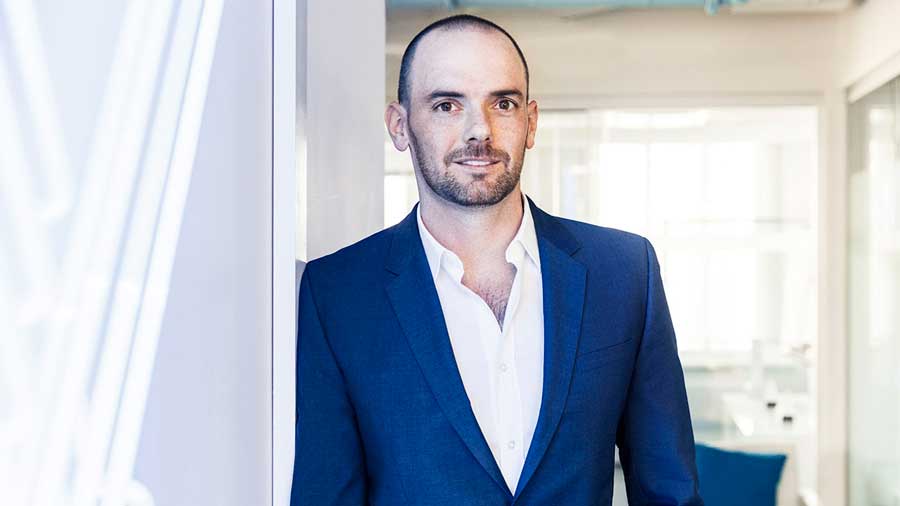Trend Towards Cutting Ad Clutter Picks Up Steam

After cluttering up shows with commercials, promos and announcements, programmers seem to be flocking around the radical notion that fewer ads = better ads.
For instance, Fox’s Sunday shows this fall will exclusively contain “Jazz” pods made up of just two spots per break. By 2020, Joe Marchese, Fox’s president for ad revenue, wants to have only two minutes of commercials per hour in the network’s primetime programming.
Fox’s announcement followed NBCUniversal’s declaration that it would be cutting the ad time in the original primetime programming on all of its networks by 10%. Turner and Viacom have also cut ad loads on show on some of their networks.
In addition to cutting commercials, Fox and NBC are looking at better ways to help sponsors get their messages to consumers. Fox will be creating branded content to run in what had been commercial time; NBC rolled out a number of creative executions designed to tie the advertiser more closely to the programming thematically. NBC and others have already started to embrace formats including picture-in-picture ads and six-second spots.
The moves come as the networks are trying to convince advertisers to stop buying commercials based on Nielsen demographic ratings and instead zero in on the networks and shows that best target their customers and get results.
Linda Yaccarino, chairman for ad sales and client partnerships at NBCU, said C3 and C7 ratings don’t have anything to do with the things that matter, include recall, attention, consideration, engagement and lift. “We want to guarantee to our advertisers that we’re putting them in the most important, relevant positions that will deliver them the best [return on investment] they can find in the ecosystem.”
The talk is pretty revolutionary, but some senior ad executives doubt the agencies and clients are ready for two big changes that, judged by traditional metrics, would both look like price hikes.
Broadcasting & Cable Newsletter
The smarter way to stay on top of broadcasting and cable industry. Sign up below
Radical Changes
Network executives said their proposals could potentially represent radical change in the TV ad business.
The networks understand that “commercialization can’t keep going up,” and that increased commercialization is driving viewers toward venues with lower commercials, said Lyle Schwartz, chief investment officer at GroupM. Getting higher prices for media is problematic at a time when marketers’ sales growth rates are tracking below media inflation, though.
The industry is closer to having better metrics that count all the people who are seeing ads and that measure advertising’s contribution to return on investment, Schwartz said. That means for the upfront and next season, “I think there will be evolution, but not a revolution.”
Nor does analyst Brian Wieser of Pivotal Research that resulting in see a big revenue boost.
“I don’t think that changes in ad loads will cause much if any change in the overall trajectory of TV advertising growth, although I think it probably slightly reduces risks related to the pace of longer-term declines,” Wieser said.
The change to better targeting is “incrementally beneficial for a subset of advertisers,” Wieser added. “I think the majority of advertisers who rely on television are generally unable to distinguish the impact of buying against narrowly defined audience segments vs. broader ones.”
Whether lower ad loads and new commercial formats pay off for marketers will be a focus of the Advertising Research Foundation’s ConsumerxScience conference, March 27-28 in New York. ARF executive VP, research & innovation, global and ad effectiveness Horst Stipp recalled studying ad clutter when was at NBC. He found that if you added 15 seconds more ads per hour per season, there was no measureable impact. “But it adds up,” he said.
Stipp said he thinks NBC is probably onto something with its contextual approach. During the Olympics, he saw Procter & Gamble ads that resonated with consumers because they focused on the parents of the athletes, rather than the speeds they were achieving or the records they were setting.
At the ARF conference, NBC will be presenting research it done with Magid titled Context Matters: Emotions and Ad Effectiveness.
There will also be reports on six-second ads, including What a Shorter Ad Can (and Can’t) Do from MediaScience and When Longer Isn’t Necessarily Better from TVision Insights.
“The good thing about the six-second ads on TV is that it will increase the options for the advertisers and make it possible to have all different kinds of creative approaches and messaging approaches,” Stipp said. “You just have to really tailor it to the category and the consumer and the circumstances.
“The ARF will announce at the conference that we are planning to continue the research on the six-second short ads, and we will probably do some original research,” he added.
Jon has been business editor of Broadcasting+Cable since 2010. He focuses on revenue-generating activities, including advertising and distribution, as well as executive intrigue and merger and acquisition activity. Just about any story is fair game, if a dollar sign can make its way into the article. Before B+C, Jon covered the industry for TVWeek, Cable World, Electronic Media, Advertising Age and The New York Post. A native New Yorker, Jon is hiding in plain sight in the suburbs of Chicago.

